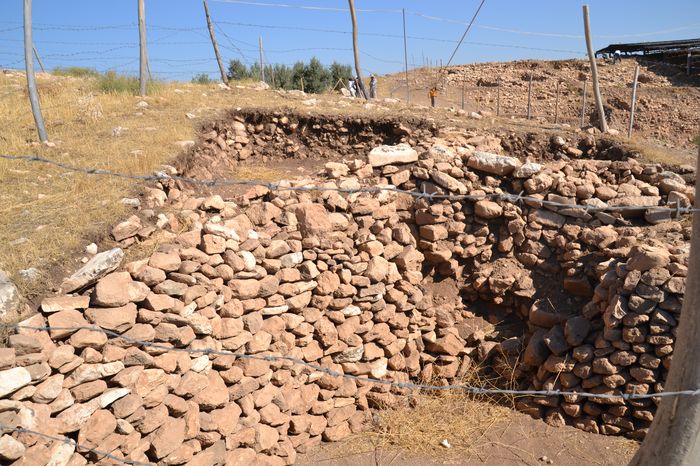During the ninth and tenth centuries Constantinople was assailed by no less than six invasions— from Bulgaria, from Hungary, and four times from Russia.
In 1096 A.D. Constantinople was visited by the Crusaders under Godfrey de Bouillon, on their way to Jerusalem. The Emperor Alexius was an assenting party to the armed confederation of western chivalry which initiated the Crusades, and, through his ambassadors, had pledged the aid of his treasures and of his troops.
But when he saw the hosts of the Christian armies collected beneath the walls of his capital, and contrasted the strength, numbers, discipline, and brilliant equipment of his allies with the too evident weakness of his own troops, he recognised his inability to resist, if, as he feared might be the case, they should be tempted from their sterner purpose by the attractions of his capital, and should prefer the substantial pleasures of the present Constantinople to the more distant and dangerous honours of the conquest of Jerusalem. However, he adopted a policy of conciliation, and, after being kept on the tenter-hooks of alternate hope and fear, had at last the satisfaction of seeing them depart.
One institution of Alexius
There is one institution of Alexius and of these later rulers of the Eastern Empire which is of special interest to Englishmen, viz. the Royal Varangian Guard. The best of the native soldiers were enrolled in battalions under the proud title of ‘ the Immortals but, partaking as they did of the general effeminacy of the nation in its decadence, they could by no means be relied upon in the field, while at home they more frequently than otherwise aided any insurrectionary risings of the citizens instead of supporting the crown.
The Greek sovereigns, therefore, maintained a number of mercenary troops. These at first consisted of the Heruli, the offscouring of the hordes of Alaric and of Attila, or of the conquered bar-barians from the coast of Africa; but were in later times composed of the adventurous mariners who, in a preceding century, had made voyages from Denmark and from the shores of the Baltic daily tours istanbul, and of a large importation from England of noble Anglo-Saxon youths, who preferred military service in a foreign court to submission to the Norman conqueror.
These English exiles were the safe-guards of the throne of Alexius, and to them he looked as being alike willing and able to help in any fray or contest with embarrassing Norman auxiliaries and allies. The Varangian Guard were the only troops which showed fight against the invaders when, in A.D. 1203, the army of Norman nobles forming the fourth Crusade turned aside from their purpose at the instance of the Republic of Venice, and, with the assistance of the Venetian galleys, attacked Constantinople simultaneously by sea and land and took the city. Willardouin, in describing this siege, says: ‘ Li murs fu mult garnis d’Anglois et de Danois.’ Henry Dandolo, the ‘ Octogenarian Chief the blind Doge of




